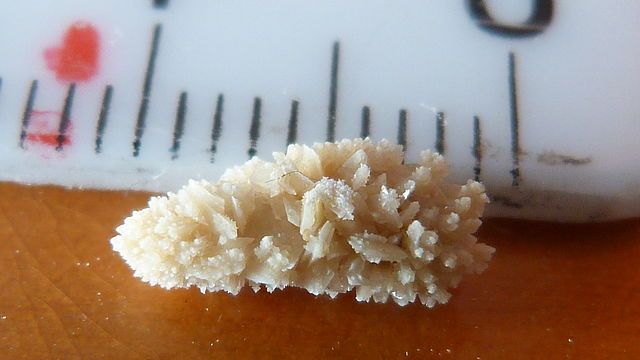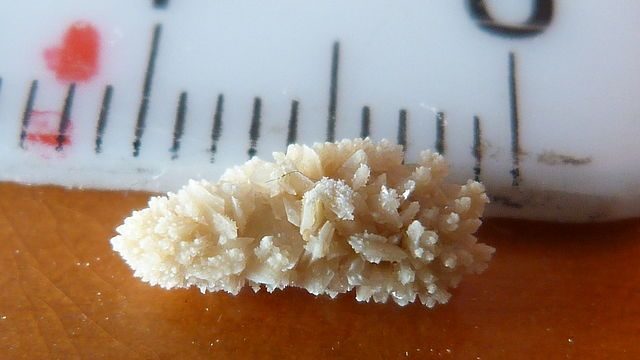
A technique that blasts kidney stones with ultrasound waves may offer a noninvasive treatment opetion for the painful condition, according to the first human study, published in The Journal of Urology.
Jonathan Harper of the University of Washington and his colleagues found that the new technique, burst wave lithotripsy (BWL), promises to reduce costs and the healthcare burden of kidney stone treatment.
“New BWL technology successfully fragmented stones of a variety of sizes, locations and densities to under two-millimeter fragments within 10 minutes with negligible tissue injury,” the study said. BWL may allow in-office therapy for kidney stones.
Currently, one in 10 Americans is diagnosed with kidney stones at a treatment cost of $10 billion per year. Sometimes, kidney stones pass naturally through the urine, often extremely painfully, though medical treatment is frequently required.

Small stones can be broken up with the extracorporeal shock wave lithotripsy (ESWL) technique, which uses shock waves to shatter the stones and promote their natural passage out of the body. Patients are typically under sedation during the procedure, which is usually performed in a hospital or clinic.
Unlike ESWL, the BWL technique uses short harmonic bursts of ultrasound energy, breaking up the stones more quickly and without sedation or anesthesia. Pre-clinical studies showed that it broke up experimental stones of various sizes and compositions. According to Harper and his colleagues, their results “are a step toward an office-based lithotripsy for awake patients.”
The study participants were 19 patients, with 25 confirmed stones between them, undergoing a surgical procedure called ureteroscopy, which is used to treat larger stones. Instead, they were first treated with a short exposure to BWL of no longer than 10 minutes.
A ureteroscopy procedure involves threading a small telescope, called an ureteroscope, through the urethra and bladder and up the ureter to address the stone, according to Johns Hopkins University.
This is usually conducted under general anesthesia and lasts from one to three hours. Small stones can be removed whole from the ureter with a basket-like device, while larger stones are fragmented, usually with a laser. These fragments are then removed.
Researchers used the uteroscope to observe the results of the BWL treatment.
A median of 90 percent of the stone volume was completely broken up within the brief treatment period. Thirty-nine percent of stones were completely fragmented, while 52 percent were partially fragmented. Most of the fragments were small enough to pass without significant pain. There was little or no tissue injury caused by the BWL procedure, the study found, apart from mild bleeding.

The researchers believe that the new procedure is an important development in treating kidney stones. When patients go to emergency rooms, they are often given opioid painkillers while they wait for treatment. And some need several treatments, even after ESWL and surgery.
“The ability to noninvasively break stones and expel the fragments in awake patients at first presentation in the ED or clinic has the potential to provide just-in-time treatment leading to a reduction of the overall pain, cost and resource burden associated with a stone event,” the researchers wrote.
The team will conduct further studies to reach their goal of a “noninvasive, 30-minute treatment in the clinic without anesthesia.” The BWL technology has been licensed for the development of a commercial version that is currently in separate clinical trials.
Edited by Siân Speakman and Kristen Butler
Recommended from our partners
The post Ultrasound Waves Could Soon Be Used To Break Up Kidney Stones, Scientists Say appeared first on Zenger News.




